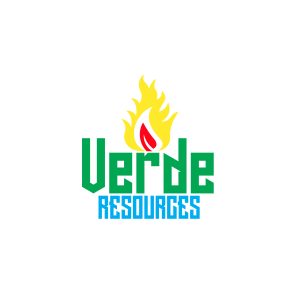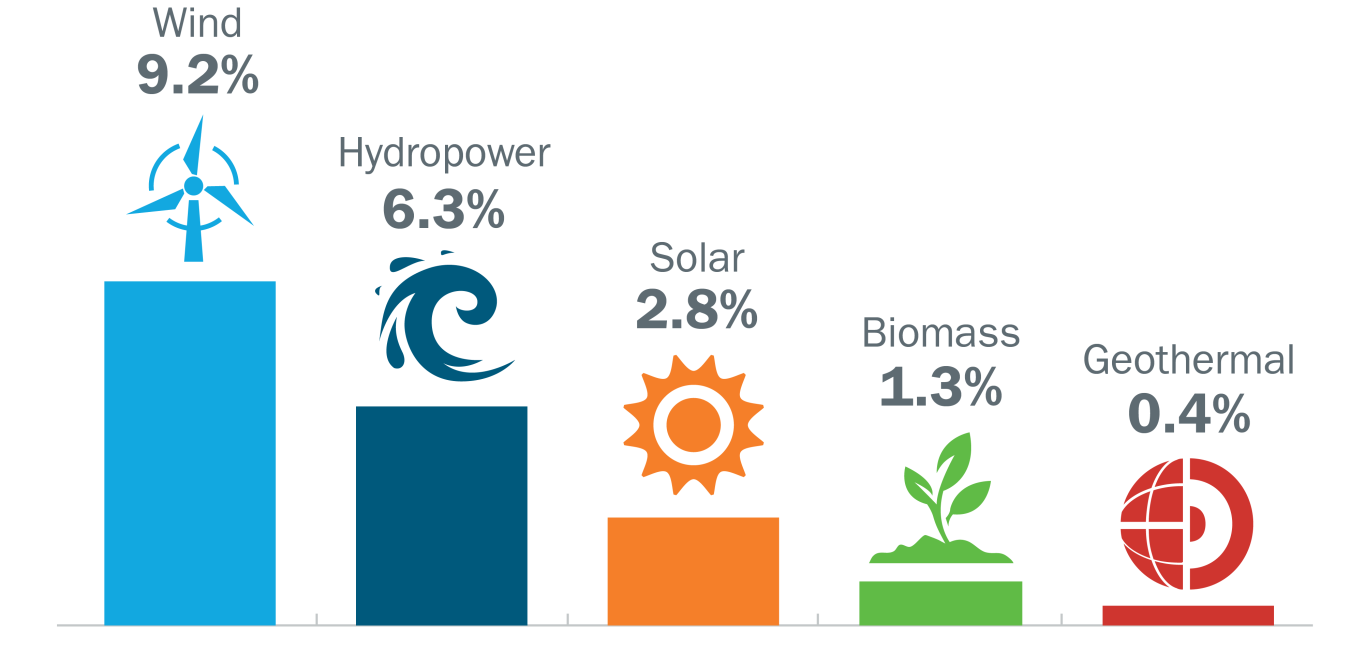
Renewable energy sources, such as biomass, geothermal resources, sunlight, water, and wind, are natural resources that can be converted into these types of clean, usable energy:
- Bioenergy
- Geothermal Energy
- Hydrogen
- Hydropower
- Marine Energy
- Solar Energy
- Wind Energy
Benefits of Renewable Energy
The advantages of renewable energy are numerous and affect the economy, environment, national security, and human health. Here are some of the benefits of using renewable energy in the United States:
- Enhanced reliability, security, and resilience of the nation’s power grid
- Job creation throughout renewable energy industries
- Reduced carbon emissions and air pollution from energy production
- Increased U.S. energy independence
- Increased affordability, as many types of renewable energy are cost-competitive with traditional energy sources
- Expanded clean energy access for non-grid-connected or remote, coastal, or islanded communities.
Renewable Energy in the United States
Renewable energy generates about 20% of all U.S. electricity, and that percentage continues to grow. The following graphic breaks down the shares of total electricity production in 2021 among the types of renewable power:

In 2022, solar and wind are expected to add more than 60% of the utility-scale generating capacity to the U.S. power grid (46% from solar, 17% from wind).
The United States is a resource-rich country with abundant renewable energy resources. The amount available is 100 times that of the nation’s annual electricity need. Read more about renewable energy potential in the United States.
*US Department of Energy


You must be logged in to post a comment.